 February 21: Photographs “show in concrete objects the tangible visual magic of the real world.”
February 21: Photographs “show in concrete objects the tangible visual magic of the real world.”
Ivo Přeček (*1935) was a key Czech photographer of the second half of the 20th century, who died on this date in 2006.

He was a founding member of member of DOFO (1959-75), the now legendary group of photographers from the Olomouc and Brno region.
Přeček’s experimental techniques, including the photogram and photomontage, aligned with DOFO’s main focus on abstract and absurdist photography, in sympathy with a current in Czech art of the 1960s.
Members were Milan Dobeš (*1929), Jiří Gregorek (*1929), Antonin Gribovský (1933–1989), Jan Hajn (1923–2006), Jaromìr Kohoutek (1905–1976), Rupert Kytka (1910–1993), Slavoj Kovarik (1923–2003), Zdenek Matlocha (*1931), Ivo Přeček, Vincent Přeček (*1930), Vilém Reichmann (1908–1991), Sapara Vojtěch (1923-2004) and Jaroslav Vavra (1920–1981). Painter Vaclav Zykmund (1914–1984) from 1958–62 collaborated with the photographers in the role of advisor and theorist.
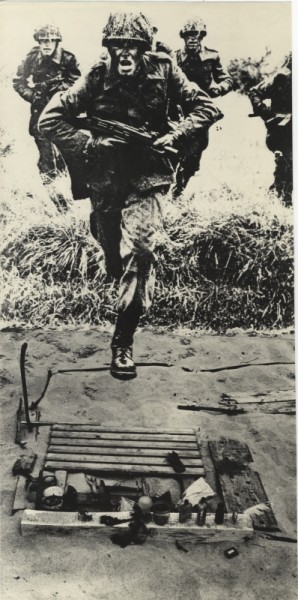
To understand avant-garde Czech art during this period requires some context. Czechoslovakia then was Communist, following on the jackboot heels of occupation by the Nazis in WW2. It was a time of upheavel with purges by the Stalinists of socialists with any wartime connection with the West, veterans of the Spanish Civil War, Jews, and Slovak “bourgeois nationalists”. Show trials resulted in extremely heavy penalties, including death for some.
A period of slow de-Stalinization followed through the 60s with hopes raised by the events of the 1968 ‘Prague Spring’ under Dubček who removed censorship and made moves toward liberalisation and democratisation, prompting a reaction and effectively an invasion by other Warsaw Pact countries which met determined passive resistance.
A Soviet crackdown dashed these hopes with the removal of Dubček in 1969 and a period of ‘normalisation’ of Soviet hegemony through the 70s and 80s against which resistance, including the shocking self-immolation on 19 January 1969 of student Jan Palach in Prague’s Wenceslas Square and challenges by intellectuals and artists, proved futile. These reached a critical point in the late eighties with the ‘Velvet Revolution’ and the fall of Communist rule in 1989.
Rumours, suspiciousness, paranoia, hopelessness and a sense of disempowerment pervaded society during these upheavals under a punitive surveillance state. Art, if it intended any protest or any political meaning, had to be adaptive and subtle, and Ivo Přeček’s, like that of others in the DOFO group, needs a double reading, an awareness of subtext, with this background in mind.
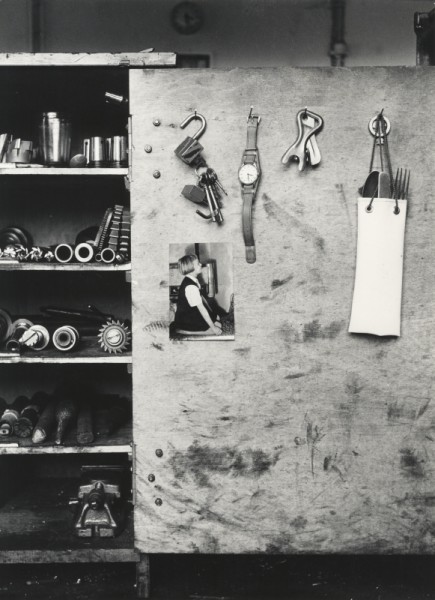
His simple image of a machinist’s locker indicates the elements of a private life which, while they might be locked away with the padlock and keys, are minimal; the basic pleasures of a Sunday off, eating, drinking and parenthood are all there is outside of the hours of work and its pressure to meet production targets.

Born 12 September 1935 in Olomouc, Přeček was trained as a metal turner and until 1968, he worked as a fitter in a tool-making workshop, and from then until 1985 primarily as a turner in a technical development workshop where soon came to know the photographers Antonín Gribovský and Jan Hajn, who also worked there in manual jobs. He did not become professional photographer till 1985 but had pursued photography since 1958 before joining the DOFO group.
Factory work is his experience that intensifies the meaning of these contrasty abstractions of the poetic significance of everyday objects; welding goggles and oxy-acetylin torches on a flame-singed bench, and bottles of beer cooling in the steelworks emergency eye-wash basin next to a guide to furnace temperatures from Poldina steel. These works comprise his first complete series Pracovní prostředí (‘Work Environment’).

His simple, compositionally balanced factory still lifes were soon substituted with poetic photographs in which, with his particular, Surrealist-influenced perception, he reflected the reality of his immediate environs. Somewhat more personally symbolic is this 1959 shadowplay of a nude figure and bird in a cage projected onto the rear of a curtain, which is the earliest work of Přeček that I can locate. It was made just after he returned to Olomouc from his military service and was made in a more optimistic period but it confirms that there always was a poetic strand in his oeuvre.
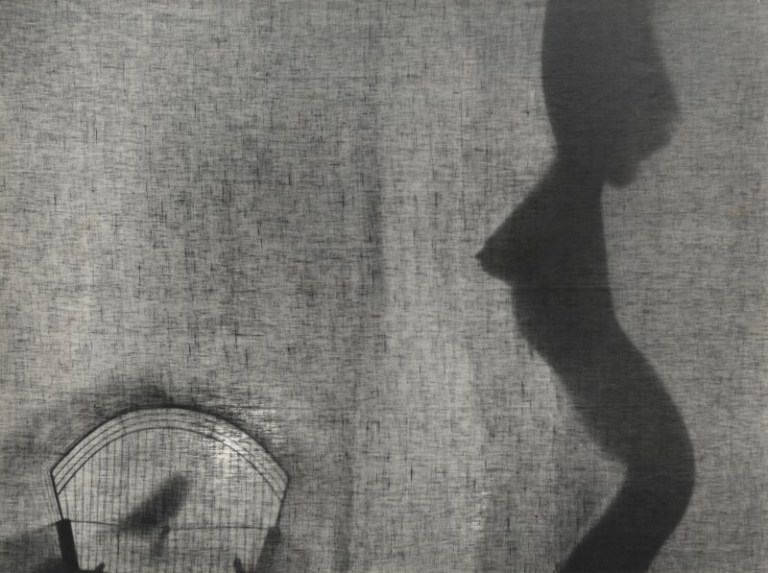

Universal symbols of the captivity of love, the nude and caged bird also represent a political frustration which becomes more strident, more stark in a 1973 image of a pile of rusting bird cages, reminiscent of a stark cityscape on an open plane, not unlike that surrounding Olomouc, which is located on a slight rise amongst flat farmland and surrounding hills.
As well as traditional, unmodified photography, in the 1960s he increasingly began to take an interest in experimentation. He created photographic compositions from collages, used the sandwich method (of which Cages is an example) and worked with multiple exposures.
Přeček’s prolific photographic work earned appreciation and support from prominent theorist of Czech Surrealism, Václav Zykmund.
It is in the monotonous surrounds of Náměšť na Hané, a market town in the Olomouc Region that Přeček made some of his most intriguiing series.
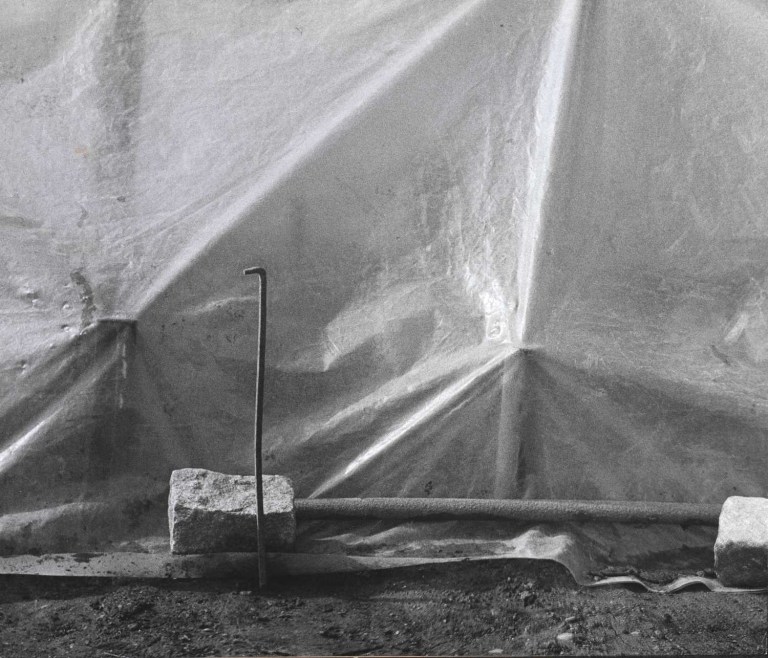
In the 1970s, pure photography began gradually to dominate his work in a distinctly simpler mode of expression, returning him to subject matter from the workplace and the systematic photography of bales of hay, gardens, and plastic covered greenhouses and the countryside around Olomouc. This approach was described by curator Antonín Dufek (*1941) as ‘maximum evaluation of minimalistic subject matter’.
The stacks of hay bales are represented as Pyramids in a series of that name. Seen as pyramids they may be read as monuments to the agrarian production targets and ever-increasing quotas imposed by the communist state, but for Přeček they present a formal challenge that in 1961 he approached with an experimental negative print in which one is not certain whether the scene represents a summer, or snowcovered winter, scene.
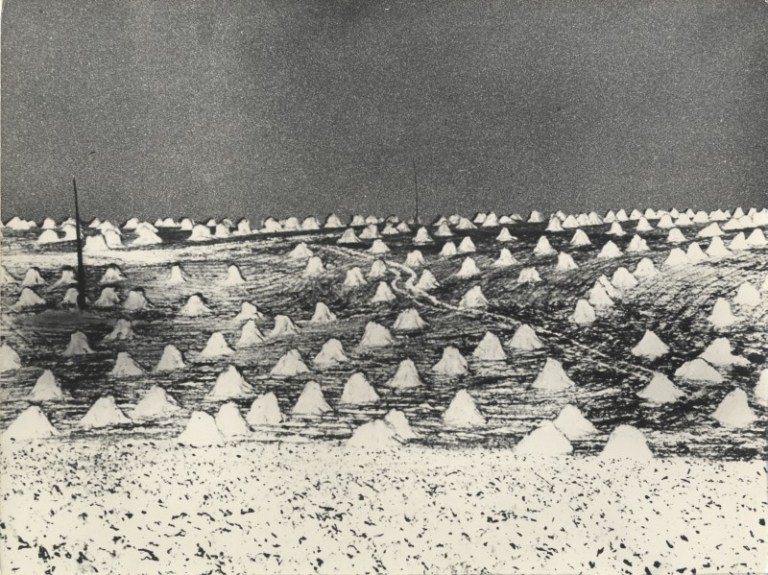

Returning to the countryside in the 1970s he finds that the mediaeval gathering of hay into stooks has been replaced by technologically more efficient machine baling, and that their geometry on a planar field starts to make sense for a topographic study.
By introducing a mirror Přeček begins to transform his subject. The small mirror reflecting the sky, placed so close to the lens that its contour fuses with the real sky, or introduces a sky scape amongst trampled and scattered bales that themselves have a cloud-like quality. Elsewhere the mirror breaks the horizontal monotony by interrupting the horizon itself.



The same analytic geometry is turned on his series ‘Humans’ with tragi-comic results.



Ivo Přeček also made three-dimensional objects and assemblages which are prompted by the same stoic sense of humour, where monotonous lines of waves can create a ‘washboard’. An idea of the application of his vision to photo-sculpture can be gained from his still life photographs in which Přeček pays respect to the great Czech photographer Josef Sudek (1896–1976). From Sudek he learned to be receptive to simple subject matter in his nearest surroundings, such as the potato or rolled dough below, with a lyrical accent and an emphasis on light, which he also often let play on semi-transparent or translucent objects, like a plastic-covered greenhouse, a window pane, wrapped bread, or by creating transparency through multiple exposure.

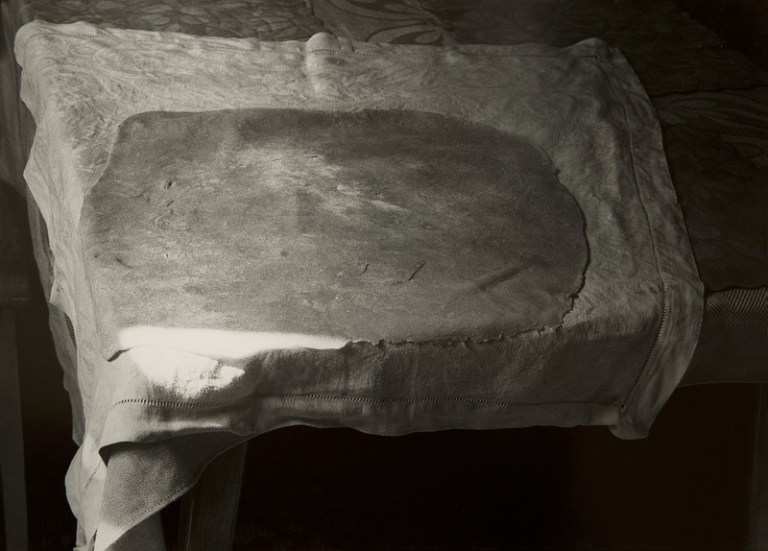
As Czech writer Milan Kundera (*1929) put it, the spirit of DOFO, so clearly exercised by Ivo Přeček, was “to show in concrete objects the tangible visual magic of the real world.”







I love the way that you give context to the photographs. I am just about to touch on the subject of Communism in Slovakia. It was part of an interview that I did a few days ago. It is not an easy subject to get your head around as a foreigner. It is, however, a subject that is not completely removed from my life. My parents fled Communism in 1980. Czech photography is close to my heart. Do you know the photographer Miroslav Tichý? I think he would be an interesting photographer to write about. 🙂
LikeLiked by 1 person
Thank you Martina – that’s very helpful coming from someone who likes writing as you do. There is so much good photography emerging and being uncovered since the fall of the Soviet Union, much of it long hidden from the west. On some there is still very scant information and its so hard to break through the language barrier to what I am sure would be worthwhile texts and critiques. Translation software does a very poor job on Czech – are you fluent in that language? – if so that, and your parents’ experience, will give your writing on the subject great authority. I’ve touched on Tichý at https://onthisdateinphotography.com/2018/01/19/january-19-exhibitionism/ but he is receiving a great deal more attention than some that are even more deserving and about whom I am still finding out. All the best with thedepthofnow.com
LikeLiked by 2 people
Great work in the tradition of Jan Sudek. Thanks for sharing it.
LikeLike